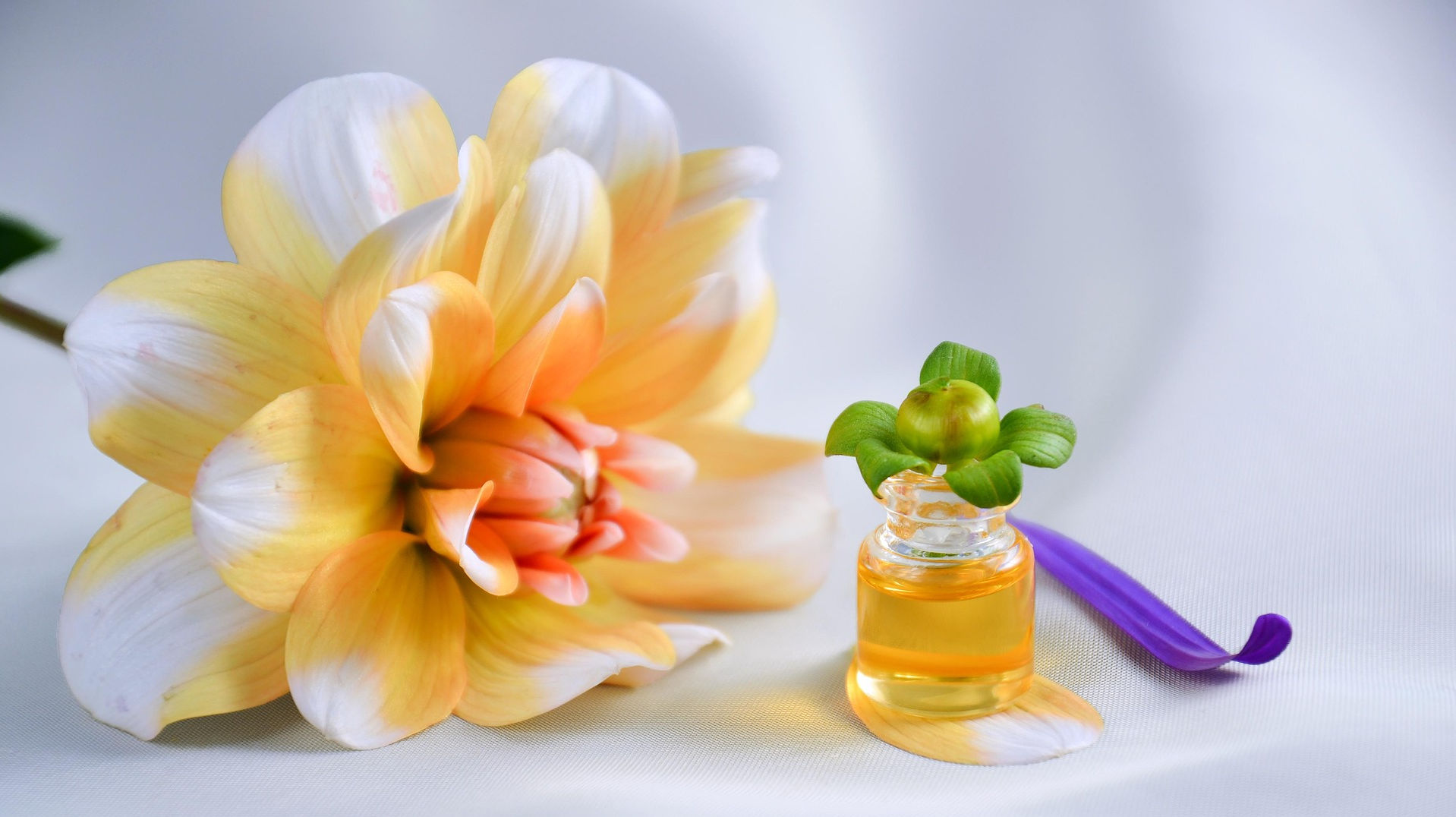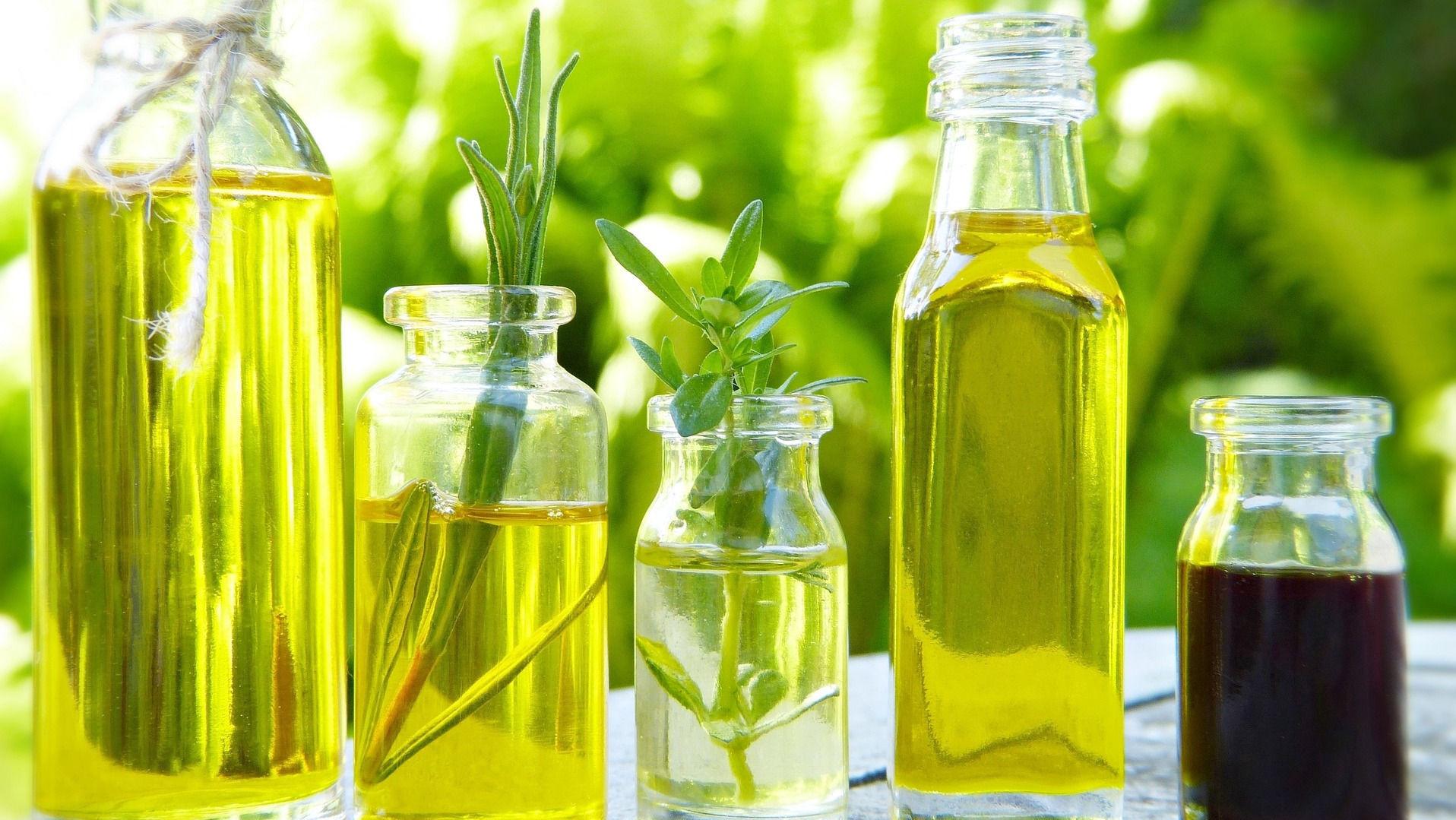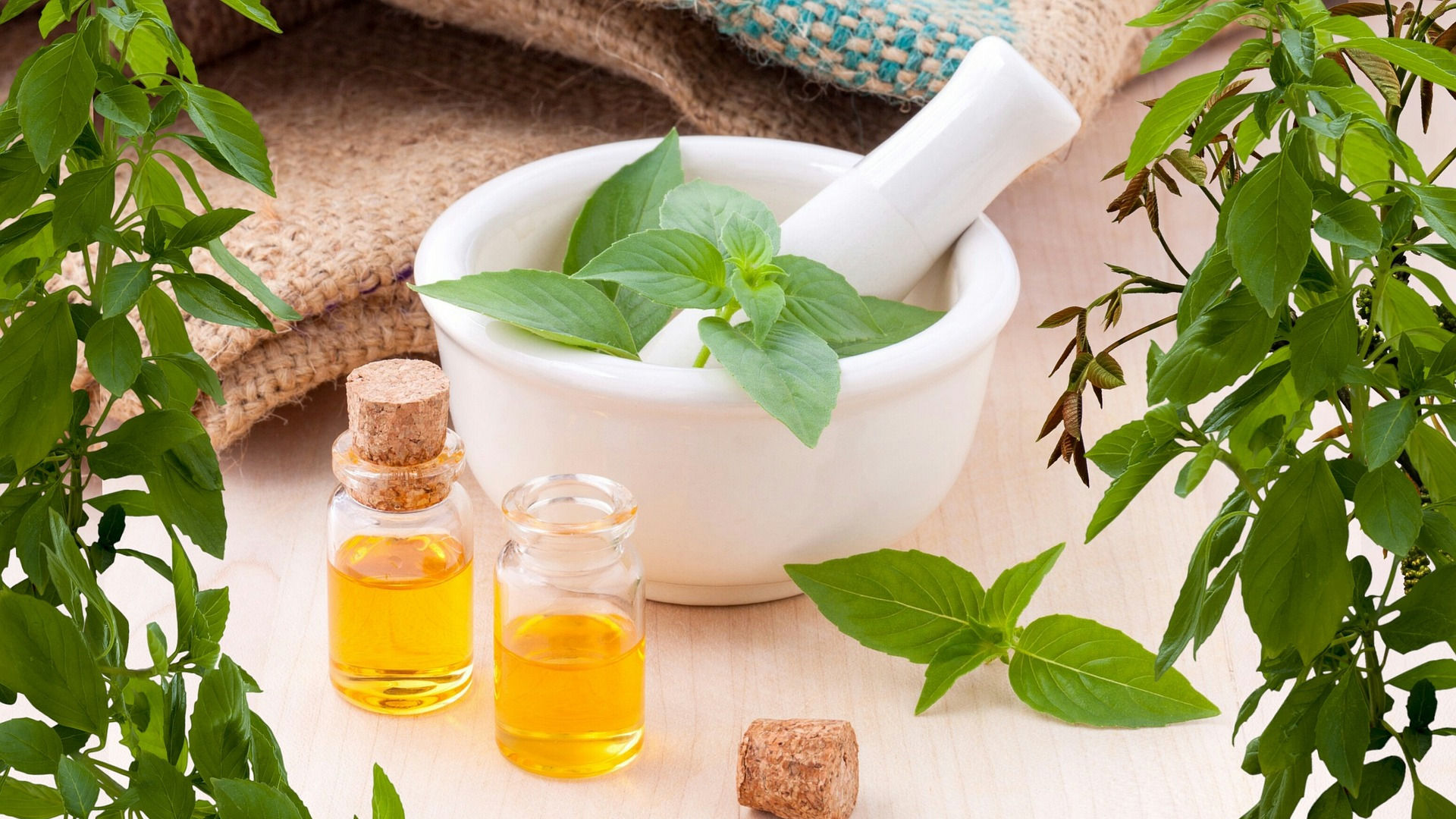Essential Oils for Wound Healing
When it comes to minor cuts, scrapes, or burns, essential oils offer a powerful, natural way to promote healing. These plant-based oils have been used for centuries for their antibacterial, anti-inflammatory, and soothing properties. What makes essential oils unique is that a single oil often offers multiple therapeutic benefits, making it easy to treat not only the physical injury but also the emotional and energetic impact of the wound.
Essential oils can be used for first aid, to reduce inflammation, minimize pain, prevent infection, and encourage tissue regeneration. When properly diluted, they are a safe and effective addition to your natural medicine cabinet.
What Makes an Essential Oil Effective for Wound Care?
Look for oils that include one or more of these healing properties:
- Analgesic: relieves pain
- Antibacterial: kills or inhibits bacteria
- Antifungal: destroys or prevents fungal infections
- Anti-inflammatory: reduces swelling and redness
- Antiseptic: prevents microbial growth
- Hemostatic: stops bleeding
- Vulnerary: promotes tissue repair and wound healing
Safety and Application Tips
- Always dilute essential oils in a carrier oil or water to avoid skin irritation.
- Do a patch test before using a new oil.
- Do not use oils on deep or puncture wounds without medical supervision.
- Essential oils are not a replacement for medical treatment when wounds are large, deep, infected, or not healing.
Best Essential Oils for Wound Healing
Essential oils offer a gentle, natural approach to supporting wound healing. With their antimicrobial, anti-inflammatory, and tissue-repairing properties, they can help soothe pain, reduce infection risk, and speed recovery. With the right blends and a little care, you can treat everyday wounds holistically and effectively. Always keep a few versatile oils like Lavender, Tea Tree, and Helichrysum in your natural first aid kit—you’ll be glad you did.
Different essential oils work best depending on the nature of the wound. Here are some of the most effective:
To Prevent Infection
- Tea Tree: A well-known antiseptic and antimicrobial oil, ideal for disinfecting cuts.
- Thyme: Strong antibacterial oil—use diluted and cautiously.
- Hyssop: Great for reducing bacterial load and inflammation.
- Oregano: Potent antibacterial and antifungal, useful for stubborn infections.
Use these oils by adding a few drops to cool, distilled water to wash the area. You can also make a compress by soaking a cloth in this solution and applying it to the wound. Replace compresses or dressings 2–5 times daily, depending on severity.
For Mild Infections or Sores
- Myrrh: Anti-inflammatory and promotes tissue regeneration.
- Clove: Antiseptic and numbing, useful for painful, infected wounds.
- Elemi: Reduces weeping and supports faster healing.
Apply these as a cold compress or use in healing ointments once bleeding has stopped.
To Reduce Bleeding
- Helichrysum: One of the best oils to stop bleeding and promote healing.
- Geranium: Helps flush toxins and control blood loss.
- Rose Otto: Gentle and calming with excellent hemostatic effects.
Make a cool compress with a few drops of oil in water and apply to the wound to help stop bleeding naturally.
To Promote Healing and Tissue Repair
- Lavender: Soothes pain, calms inflammation, and encourages new skin growth.
- Tea Tree: Also helpful here due to its antibacterial and wound-healing properties.
- Frankincense: Speeds tissue regeneration and reduces scarring.
Natural First Aid Spray Recipe
This simple spray is ideal for minor cuts, scrapes, and wounds.
- 5 drops Lavender essential oil
- 3 drops Tea Tree essential oil
- 2 drops Cypress essential oil
- 1/2 teaspoon salt
- 8 ounces distilled water
Mix the oils with the salt first to help them disperse, then add to the water. Pour into a spray bottle and shake before each use. Spray on the wound before applying a bandage. Use up to 3 times a day for 3 days.
Burns and Wounds Healing Gel
This thick gel is especially helpful for burns, but also supports healing of cuts and abrasions.
- 2 tablespoons Aloe vera gel
- 8 drops Tea Tree essential oil
- 8 drops Lavender essential oil
- 1 tablespoon Neem oil (carrier oil)
Mix all ingredients and store in a jar in the refrigerator. Apply to sterile gauze or non-stick pads and dress the affected area. Replace the dressing 3–4 times a day. The aloe and essential oils cool the skin, relieve pain, and accelerate healing. Keep the wound moist but clean.







